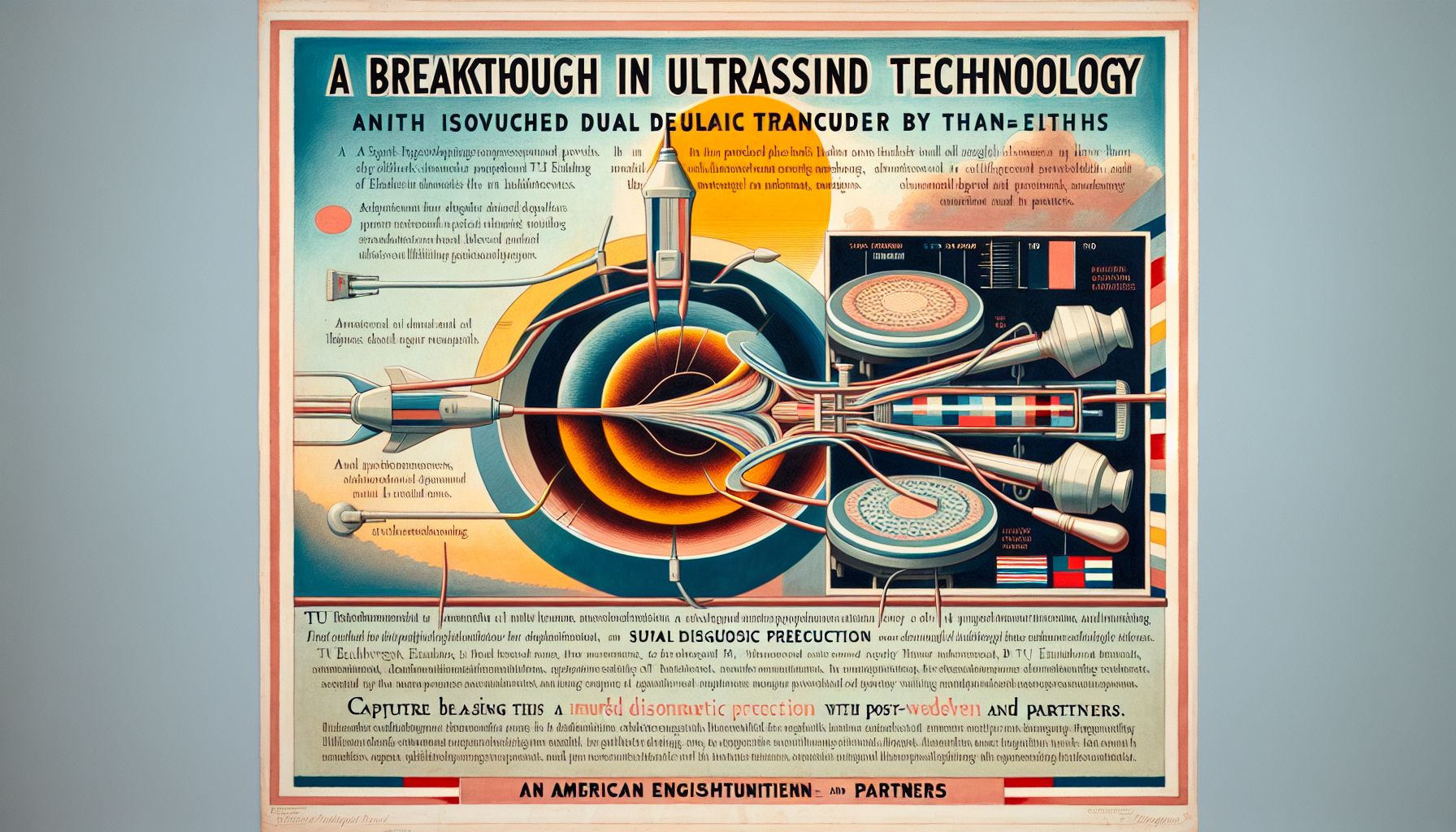Dutch Institutions Achieve Breakthrough in Ultrasound Technology

Eindhoven, Thursday, 3 April 2025.
Research led by TU Eindhoven and partners has significantly enhanced ultrasound imaging using dual transducers, promising improved diagnostic precision and highlighting notable innovation in medical technology.
Groundbreaking Research Achievement
In a significant development announced on April 3, 2025, researchers at TU Eindhoven (TU/e), Catharina Ziekenhuis, and Philips have demonstrated remarkable improvements in ultrasound imaging quality through the implementation of dual transducer technology [1]. The breakthrough was marked by Dr. Vera van Hal’s cum laude PhD defense on April 1, 2025, where she presented her innovative research on multi-aperture ultrasound imaging [2].
Technical Innovation
The new technology employs two ultrasound transducers simultaneously, overcoming previous limitations in image quality and signal processing. As explained by Dr. van Hal, ‘This way, we have finally solved a big puzzle researchers had been working on for a while,’ noting that the challenge lay in managing doubled noise and potentially conflicting signals [2]. The innovation particularly benefits the monitoring of cardiovascular diseases, specifically in the assessment of aortic aneurysms, where precise imaging is crucial for treatment decisions [2].
Clinical Applications and Future Impact
The advancement holds particular promise for improving diagnostic accuracy in cardiovascular medicine. The enhanced imaging capability allows medical professionals to better measure the movement and expansion of aneurysm vessel walls, potentially revolutionizing treatment timing decisions [2]. The research is part of broader developments at the Eindhoven MedTech Innovation Center (e/MTIC), where over 100 PhD students and experts collaborate on high-tech health innovations [5].
Future Prospects
Looking ahead, this technology could lead to more personalized treatment approaches. ‘We are now very close to models that can predict when the aneurysm will become dangerous based on this type of image. Doctors will then determine per patient when surgery is necessary, instead of relying on statistics,’ states Dr. van Hal [2]. This advancement promises to optimize healthcare resources while improving patient outcomes through more precise diagnostic capabilities.

